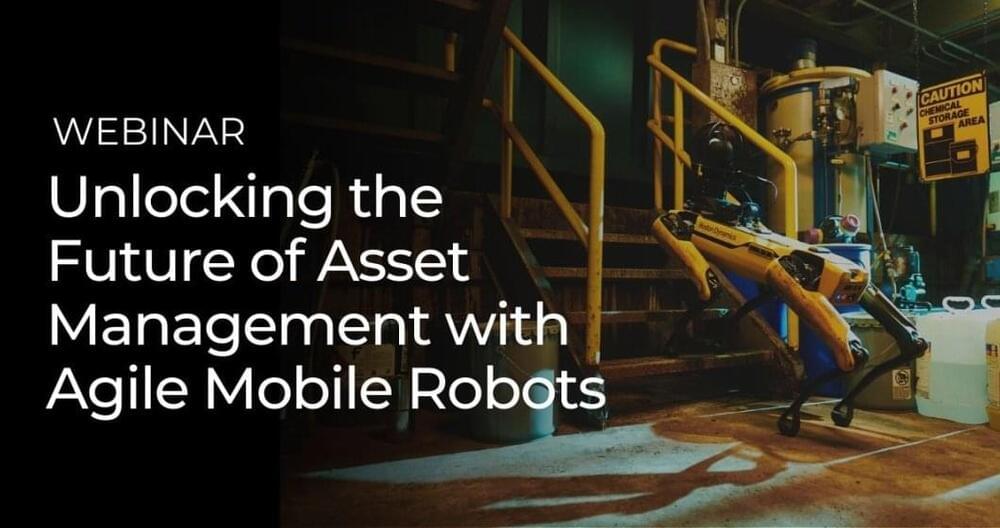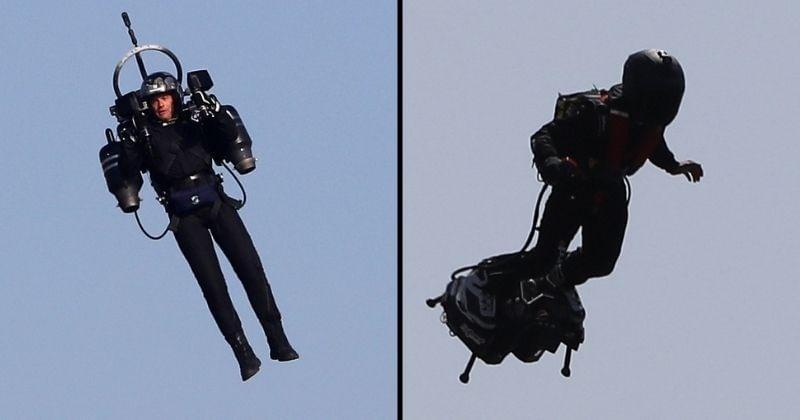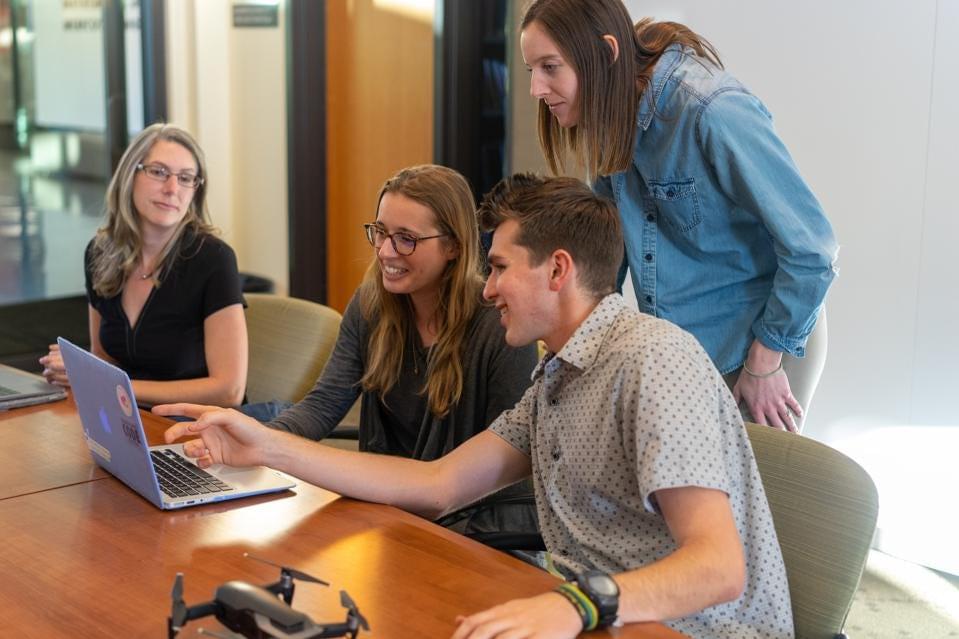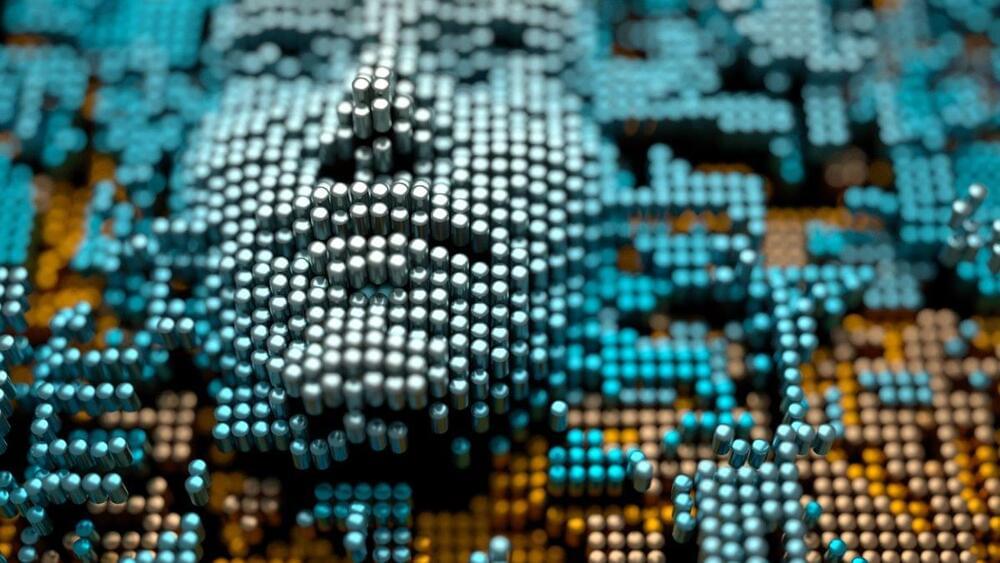Okay…very odd indeed.
As already mentioned, the Saudi Arabian Government officially granted Sophia citizenship in 2017. She is the first and only robot to be an official citizen of a country. Her citizenship sparked some controversy, and not just from people who don’t think robots deserve rights. Rather, many people pointed out the contrast to women’s rights in the country.
Read: A Never-Before-Seen Type of Signal Has Been Detected in The Human Brain
Sophia spoke on a stage without wearing the required coverings that women have to wear there. Saudi Arabia is one of the countries lagging the furthest behind in women’s rights. Only a few years ago were women given the right to drive. Still, the country operates under the guardianship system which states that women must always be accompanied by men in public. They can’t go anywhere without permission or do most things without permission. Even to report domestic violence or abuse they need permission from male relatives.







